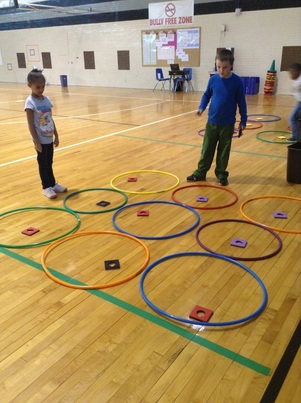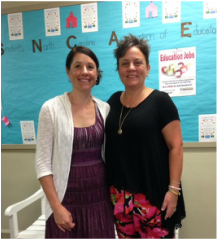Description
The audience for this module includes educators at all levels of all subject matters. This module is designed for educators interested in increasing student understanding and in creating more effective curricula and assessment through unit planning, beginning with the end in mind. Thinking about what to teach and how to teach it is a matter of habit, thinking about the learning outcomes leads to appropriate teaching and is how backwards planning works. Lessons should be created by the results sought, not the activities with which a teacher is most comfortable. Many times teachers are focused on the inputs rather than the outputs of a lesson, which means the focus is on teaching, not learning. Explanations and numerous examples of backwards planning through the Understanding By Design Framework are provided.
|
About the Authors |
Angela Hines is a Media Coordinator and Instructional Facilitator in Iredell Statesville Schools. She has been teaching for 26 years. She has obtained her Ed.D from Gardner Webb University and is a National Board Certified Teacher. She is married and has two children, both students at Appalachian State University. She has three cats, three dogs and loves spending time with her family or just reading a good novel.
Nicole Ludwa is a National Board Certified Physical Education and Health Teacher in York, SC. Currently, she is in her 13th year of teaching. She has recently obtained her Doctorate in Education from Gardner Webb University. Nicole enjoys pursuing research endeavors related to physical activity, nutrition, and increasing student learning both in and out of the classroom. In addition, she loves outdoor pursuits, traveling near and far, and meeting interesting people. |
|
Subjects
|
UbD, Understanding by Design, backwards planning, lesson planning, desired learning, appropriate teaching
|
|
Terms of Use
|
The learning cycle featured in this project is based on the STAR Legacy Cycle developed by the IRIS Center (2013;http://iris.peabody.vanderbilt.edu/) and based on the work of Dr. John Branford and colleagues (National Research Council, 2000).
|
|
PLM Downloadable File
|
| ||
So if this sounds interesting to you and you are ready to begin on the path of planning with the end in mind, put on your parachute and jump!


